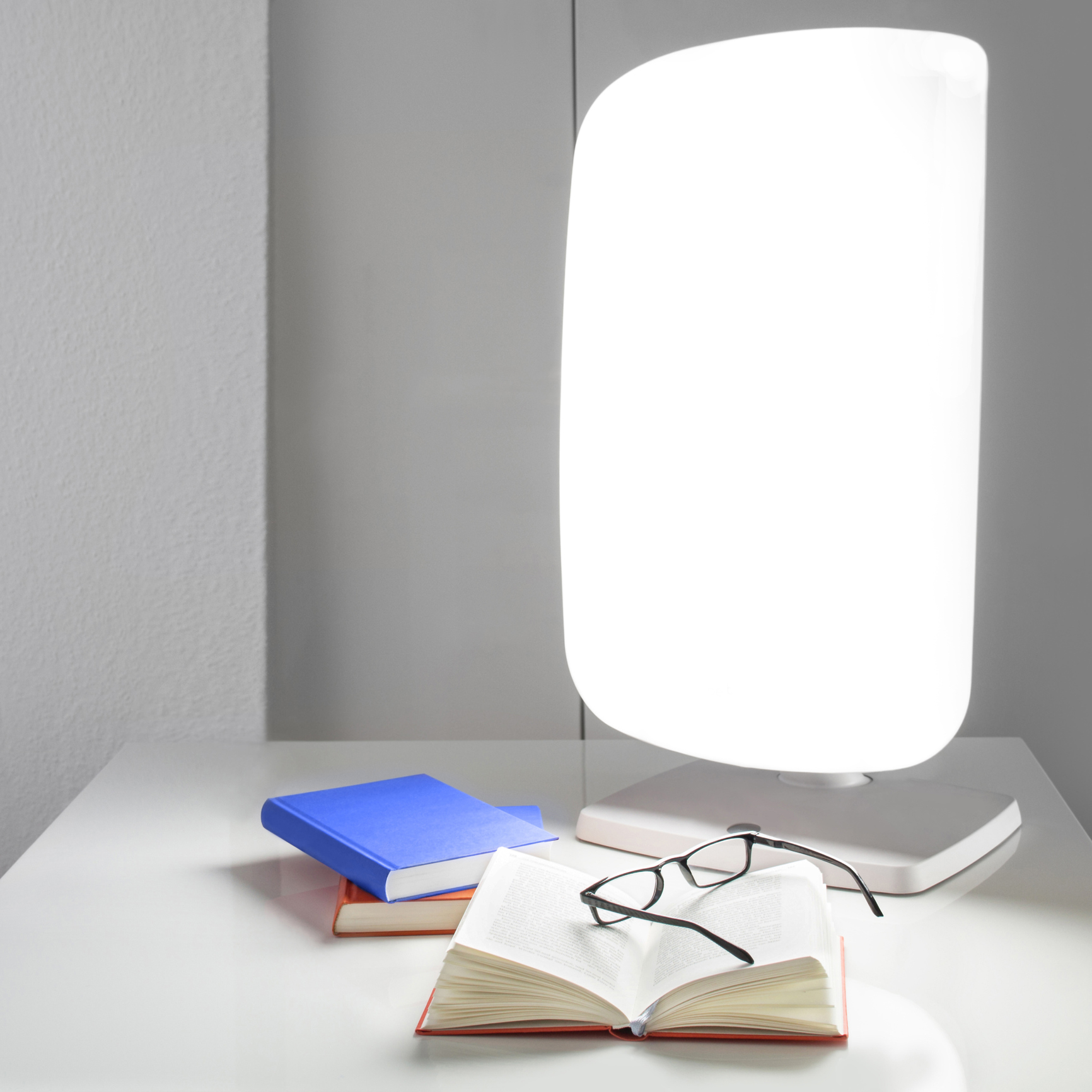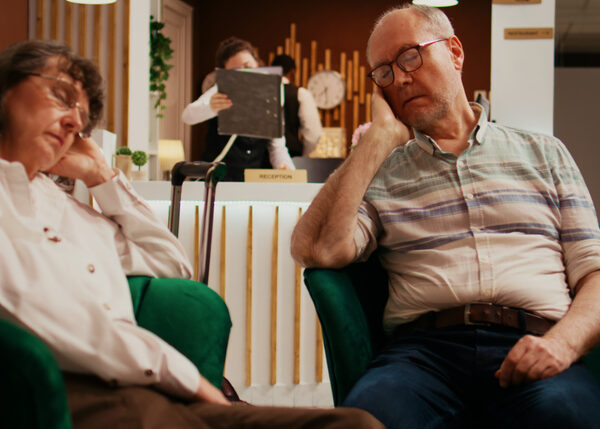As October inches along towards the end of Daylight Savings Time on November 3, the mornings are increasingly dark and the days noticeably shorter. And with fewer daylight hours, many people will experience Seasonal Affective Disorder or a milder condition called the “winter blues” when the weather keeps them indoors and sunshine is in short supply. But your local library may offer help for seasonal mood disorders.
According to a recent Global News reports, The Toronto Public library is among several Canadian public libraries to introduce light therapy lamps for residents to read by while also catching some much-needed rays. Edmonton, Halifax and Winnipeg libraries have also introduced the first-come, first-serve therapy lamps to their common areas.
In addition to using the lamps while enjoying a book or periodical or catching up on some paperwork, visiting the local library is an activity that encourages older adults to get out of the house and interact socially. According to the Canadian Mental Health Association, about 5 percent of the population is affected by SAD, which can change mood, appetite and energy level. The milder, “winter blues” is experienced by an estimated 15 percent of Canadians.
When daylight is scarce, light therapy and counselling can help treat SAD. Regular exercise and a healthy, nutritious diet are also essential lifestyle habits that combat seasonal mood disorders and changes.
Light therapy lamps can be purchased for home use but they are often expensive. It’s worth checking out your local library to see if a light therapy service is offered. By reading or working in front of a therapy lamp for 20-30 minutes at a distance of about 2 feet, people can help fight mood changes during the late fall and winter months. Never stare directly into the light and always talk with your doctor first if you have any eye problems like glaucoma or cataracts, are taking certain medications like melatonin, thioridazine or lithium, or if you have diabetes.
Learn more about light therapy lamps in libraries and where they are available by following this link to the Lightbrary initiative website.






Add Your Voice
0 Comments
Join the Discussion